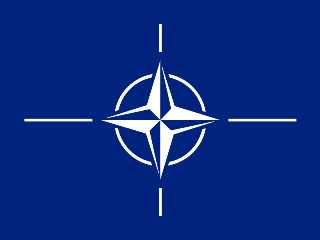
The MEADS program began after a trilateral agreement by the U.S., Germany, and Italy to share developmental costs and procure the system. MEADS would complement current NATO missile defense systems, as well the seaborne Aegis missile defense system and Terminal High Altitude Area Defense System (THAAD). It would also provide another defensive layer against short-range missiles and air threats, increasing overall battlefield and strategic situational awareness and improving threat response time.
MEADS uses 360-degree surveillance radar, a networked battle manager, easily maneuverable launchers, PAC-3 missiles, and a 360-degree Multifunction Fire Control Radar (MFCR) to locate, target, and destroy air and missile threats. It offers 360-degree protection from air and missile threats against the U.S., allies, and operationally deployed troops. Compared to the current Patriot system, MEADS is cheaper and easier to transport (allowing it to be used in high-tempo operations), and it is the only system able to intercept more than two threats simultaneously.
Although MEADS “could provide a better defense against combined ballistic and cruise missile attacks,” the U.S. has no further development or procurement plans for the system. It has been in development between three NATO member states since 2004, and the planned U.S. termination may undermine NATO’s strategic aim to “develop the capability to defend our populations and territories against ballistic missile attack as a core element of our collective defense, which contributes to the indivisible security of the Alliance.”
Further, as Baker Spring pointed out, by ending participation in MEADS, the U.S. could signal to allies that it may not stick to agreements; or, as former Secretary of Defense Leon Panetta stated, withdrawal could “negatively affect allied willingness to join future cooperative endeavors.”
The U.S. needs to re-establish the MEADS program’s funding and procurement status to replace older, more costly air and missile defense systems and further enhance the United States’ missile defense capabilities.
John Collick is currently a member of the Young Leaders Program at The Heritage Foundation. For more information on interning at Heritage, please click here.